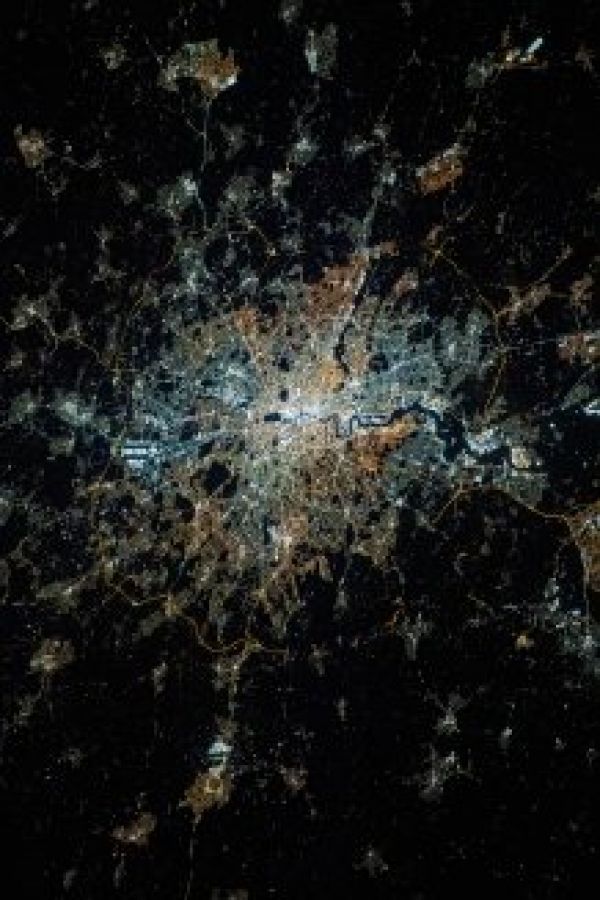This figure only includes light visible via satellites, and scientists estimate the true increase may be significantly higher – up to 270% globally, and 400% in some regions.
The study, led by the University of Exeter, examined light emissions from 1992 to 2017.
The findings show differing regional trends, but emissions have increased almost everywhere and there is "limited evidence" that improved technology has cut light pollution.
"The global spread of artificial light is eroding the natural night-time environment," said first author Dr Alejandro Sánchez de Miguel, of the Environment and Sustainability Institute on Exeter's Penryn Campus in Cornwall.
"This study provides clear evidence not only of how bad light pollution has become as a global problem, but also that it is continuing to get worse, and probably at a faster and faster rate."
Read more at: University of Exeter
London at night, seen from the International Space Station. Different colours are visible, showing different lighting technologies. (Photo Credit A.Sánchez de Miguel, ESA, NASA)


